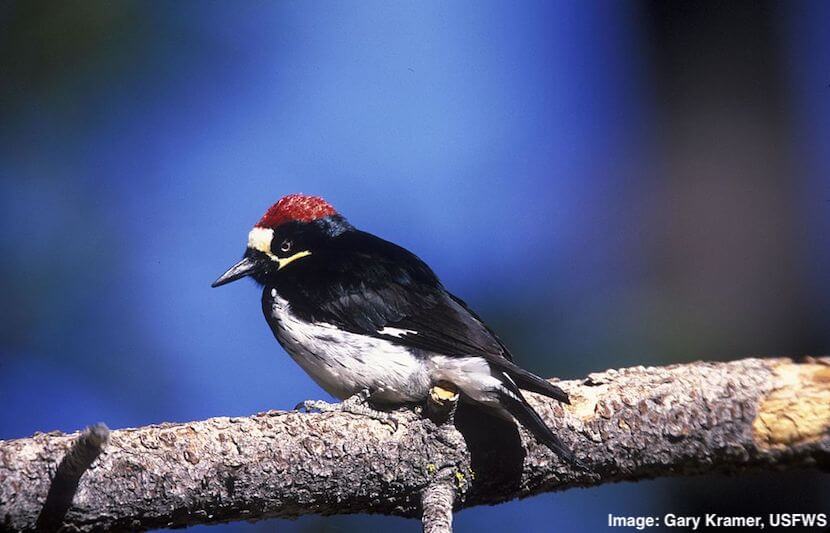Researchers from Arizona State University have developed a tool that can help conservationists properly allocate their funding to save the most species possible.
While trying to save every species seems like a no-brainer, a lack of funding has made it extremely difficult.
The number of species on the endangered list is piling higher than the funding for their recovery, and some species get more attention than others.
“In the U.S., the law seeks to prevent extinction for all species, but this raises important questions,” Leah Gerber, a professor and conservation scientist at ASU and co-developer of the tool, said in a video.
“Can all biodiversity be saved? And if not, how do we decide which species to save? Is the bald eagle or the humpback whale of greater value than other species?”
We are living in the Anthropocene, better known as the sixth mass extinction.
Unlike the previous five mass extinctions, this one is primarily caused by humans, and it will accelerate too fast for evolution to keep up.
Current funding is not nearly enough to protect accelerated rates of biodiversity loss, and most of the money is focused on saving specific species.
“Does this approach provide society with the greatest benefit? I don’t think so,” Gerber said in a statement.
“Clearly, in the best of all worlds, we should be funding all efforts needed to protect biodiversity,” she continued. “But if we have to choose, I would vote to protect as many species as possible, instead of cherry-picking the ones we like.”
The tool
The research team worked in collaboration with U.S. Fish & Wildlife Services (USFWS) scientists to develop a tool, called the Recovery Explorer, that can help conservationists make the best decisions on how to use limited funds to save the most animal species possible.
The tool is not meant to directly prescribe solutions, Gerber explained in a statement. Instead, it is meant to make the important components of a decision process stand out so conservationists can explore their options and make the right decision.
“In my view, one of the most promising possibilities of the tool is that it can be used to estimate what outcomes will be gained for a given investment,” she continued. “For example, if a private donor is willing to give $3 million toward biodiversity conservation, we can provide a list of possible actions that align with the specified objectives.”
USFWS is responsible for leading more than 1,500 species recovery efforts in the U.S., according to Gary Frazer, an assistant director for ecological services at USFWS.
“This is a valuable addition to our toolkit, applying modern decision science to help us consider how best to allocate our limited resources to conserve the many species that are in trouble and need our help,” he said in a statement.
Hope for success
Other countries, such as Australia and New Zealand, have had success using similar “optimal resource allocation” methods, according to Gerber.
The new ASU tool just might re-shape biodiversity conservation efforts.



